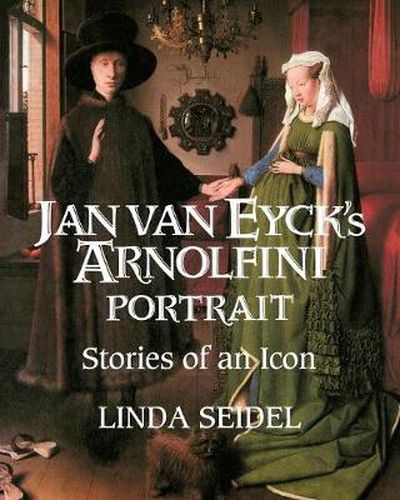Readings Newsletter
Become a Readings Member to make your shopping experience even easier.
Sign in or sign up for free!
You’re not far away from qualifying for FREE standard shipping within Australia
You’ve qualified for FREE standard shipping within Australia
The cart is loading…






This book examines, from a variety of perspectives, the Arnolfini Wedding Portrait, one of the earliest and most celebrated paintings in the history of European art. In her lucid analysis, Linda Seidel considers the famous double portrait as social record, legal document, material object and poetic fiction. Each chapter of her study represents a distinct mode of inquiry and situates the painting within a different discursive tradition. In this way, Seidel explores a variety of historical practices - marital, economic and artisanal, to cite only a few - to illuminate the portrait’s painted narrative. Among the issues Seidel contemplates are the painting’s status as authenticating sign, the significance of the female subject, and the painting’s ‘after-life’ as touchstone for later artists and writers. Through the implementation of a variety of interpretive strategies and in consultation with different types and categories of information, this book informs the viewer about the function and nature of early European painting, and invites the reader to reflect on the many ways in which works of art can be examined and reconfigured centuries after their creation.
$9.00 standard shipping within Australia
FREE standard shipping within Australia for orders over $100.00
Express & International shipping calculated at checkout
This book examines, from a variety of perspectives, the Arnolfini Wedding Portrait, one of the earliest and most celebrated paintings in the history of European art. In her lucid analysis, Linda Seidel considers the famous double portrait as social record, legal document, material object and poetic fiction. Each chapter of her study represents a distinct mode of inquiry and situates the painting within a different discursive tradition. In this way, Seidel explores a variety of historical practices - marital, economic and artisanal, to cite only a few - to illuminate the portrait’s painted narrative. Among the issues Seidel contemplates are the painting’s status as authenticating sign, the significance of the female subject, and the painting’s ‘after-life’ as touchstone for later artists and writers. Through the implementation of a variety of interpretive strategies and in consultation with different types and categories of information, this book informs the viewer about the function and nature of early European painting, and invites the reader to reflect on the many ways in which works of art can be examined and reconfigured centuries after their creation.